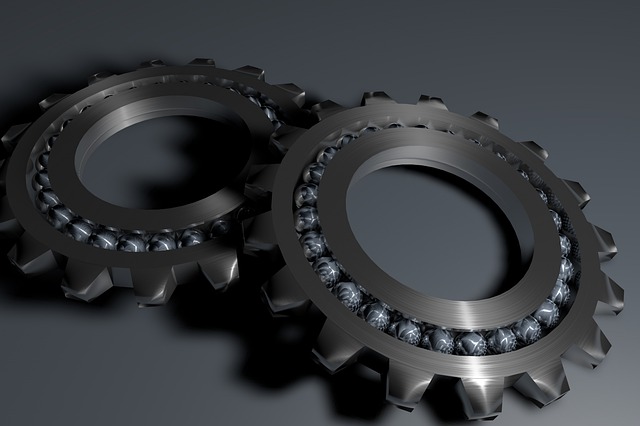Reusing bearings is very important. When carrying out regular maintenance, operation inspection, or replacing peripheral parts of the equipment, the bearings will be removed and inspected in order to determine whether they can continue to be used and whether they are in good or bad condition.
First, the appearance of the dismantled bearings is carefully observed and recorded. In order to find out the remaining amount of lubricant, after taking a sample, the bearing is thoroughly cleaned.
Next, check the condition of the raceway surfaces, rolling surfaces and mating surfaces, as well as the wear of the cage, to see if there is any damage or abnormality.
To determine whether the bearings can still be used, it is necessary to take into account the degree of damage to the bearings, the performance of the machine, the importance of the operating conditions, and the inspection cycle and other factors before making a decision.

If any damage or abnormality is found in the bearings after inspection, the cause should be identified and countermeasures should be formulated based on the relevant contents. In addition, if any of the following defects exist as a result of the inspection, the bearing cannot be used further and must be replaced with a new one, Several key points for reusing bearings:
a. Cracks or fragments in any one of the inner ring, outer ring, rolling element and cage.
b. Inner ring, outer ring, rolling element in any one of the peeling phenomenon.
c. The raceway surface, retaining edge, rolling body has obvious jamming.
d. Cage wear is serious or rivets are loose.
e. Raceway surface, rolling body rust or scars.
f. Rolling surface, rolling body has obvious indentation or scoring.
g. Creep on the inner diameter surface of the inner ring or the outer diameter of the outer ring.
h. Severe discoloration due to overheating.
i. Seals and dust caps of grease sealed bearings are badly damaged.
Inspection and troubleshooting during operation
Attention should be paid to reusing bearings, During operation, it is necessary to check the rolling sound, vibration, temperature and lubrication status of the bearings as follows:
I. Rolling sound of the bearings
Use a stethoscope to check the size and quality of the rolling sound of the bearings during operation. Even if the bearing has a slight peeling and other damage, it will emit abnormal and irregular sounds, which can be distinguished with the help of a stylus.
Second, bearing vibration
Bearings vibration is very sensitive to bearing damage, such as spalling, indentation, corrosion, cracks, wear and other problems, will be reflected in the bearing vibration measurement. Therefore, the use of specialized bearing vibration measuring equipment (such as frequency analyzers, etc.) can measure the size of the vibration, through the frequency analysis can be deduced from the specific circumstances of the anomaly. However, the measured values may vary depending on the conditions of use of the bearing, the sensor installation location and other factors, so it is necessary to analyze and compare the measured values of each machine beforehand to determine the criteria for judgment.
Third, the temperature of the bearing
Usually, the temperature of the bearing can be inferred from the temperature outside the bearing chamber, and it would be more appropriate if the temperature of the outer ring of the bearing can be measured directly using the oil hole.
In general, the temperature of the bearing will rise gradually after the start of operation, and reach a stable state after 1 – 2 hours. Normal bearing temperatures vary depending on the heat capacity of the machine, the amount of heat dissipated, the speed of rotation and the load.
If not properly lubricated or installed, bearing temperatures can rise dramatically to abnormally high temperatures, at which point operation must be stopped and the necessary precautions taken. The use of thermal sensors can monitor the working temperature of the bearings in real time, and when the temperature exceeds the specified value, it can automatically alarm or stop the machine, preventing the occurrence of the burning shaft accident.